A growing collaboration between universities, start-ups, hospitals and policy actors is transforming the medical tech ecosystem in northwestern Romania
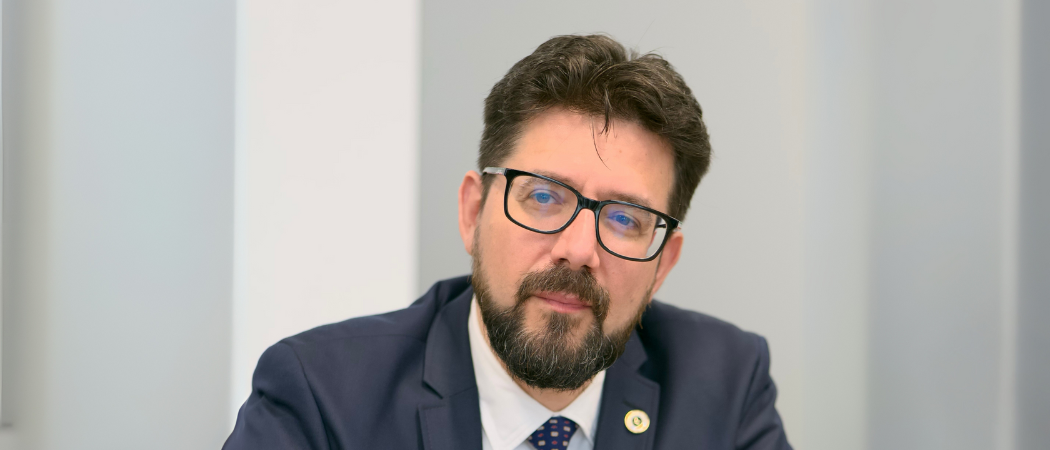
Andrei Kelemen is chief executive of Cluj IT Cluster and co-founder and head of internationalisation at the Romanian Digital Innovation Hub
Romania continues to lose a troubling number of doctors and medical specialists to emigration. The causes are well known: low pay, administrative burdens and limited career development. But there is an emerging counter-trend. When medical professionals are invited to participate in research, co-develop new tools or pilot digital health solutions, they are more likely to stay and build.
In Cluj, about 450 kilometres north-west of Bucharest, that is beginning to happen thanks to targeted initiatives that connect medicine with engineering, data science and entrepreneurship.
To sustain this momentum, however, Romania needs more than good intentions. It needs dedicated innovation spaces, both physical and conceptual, where health technologies can be tested, debated and validated.
Hospitals, for example, should be enabled to open up selectively and safely to experimental technologies under real-world conditions. This kind of patient-protected piloting is already standard practice in many EU health systems. Without it, promising prototypes rarely cross the threshold into clinical care.
At the same time, interdisciplinary research facilities are essential to support long-term collaboration between medical and technical fields. The creation of new faculties, like the recently inaugurated Faculty of Medical Sciences at Babeș-Bolyai University, is a welcome step. But institutional incentives are also needed to encourage doctors to work alongside software engineers, bioinformaticians and data ethicists. Innovation in health is no longer a linear process; it is networked, iterative and collective. Romania needs to structure for that reality.
There are encouraging signs. Local start-ups in Cluj are beginning to design AI-based diagnostic tools and digital triage systems tailored to regional needs. These don’t just improve efficiency, they create meaningful work for researchers and clinicians who might otherwise leave. The involvement of public actors and industry partners, and the growing participation in EU-level programmes such as the European Institute of Innovation and Technology (EIT) Health community and Digital Europe, point to increasing alignment with broader European goals for innovation and resilience.
Evolution needed
Still, the broader system must evolve. Regulation remains complex and fragmented, often deterring early-stage experimentation and making it difficult for innovators to navigate the path from concept to clinical adoption. Financing is another persistent barrier. Medical technologies typically require longer development timelines, rigorous testing and clinical validation, far beyond what traditional venture models in Romania are designed to support. Yet, investment culture still leans toward short-term returns and rapid scaling, better suited to consumer tech than health innovation.
This is where EU-level strategies must be more tightly aligned with sector-specific needs. The EU Start-up and Scale-up Strategy aims to create better conditions for high-growth companies, addressing access to finance, regulatory barriers and market fragmentation. For the MedTech sector, these priorities are essential.
Related articles
- European research projects hit by halt to NIH sub-awards
- New minister aims to find ‘black holes’ in Romania’s research system
Stakeholders across Romania and Europe expect that the next EU Framework Programme for research and innovation, FP10, will go further in offering more tailored support for complex, regulated sectors where commercial timelines are longer but societal impact is substantial. This includes not just increased funding, but also integrated support for testing infrastructures, access to hospital ecosystems and early regulatory guidance.
In this context, blended financing models, combining public grants, mission-aligned investment and European programme support, offer one of the most viable paths forward. Their continued expansion, particularly in coordination with national strategies and regional ecosystems, is crucial to unlocking Romania’s med-tech potential and enabling meaningful participation in the broader European health innovation landscape.
Ecosystem thinking
What Cluj illustrates is the power of ecosystem thinking. Innovation thrives not through isolated breakthroughs, but through strategic alignment across education, research, finance and regulation. Events like Cluj Innovation Days are vital to this process, providing spaces where clinicians, regulators, entrepreneurs and policymakers can meet, not just to talk, but to collaborate.
Romania has a real opportunity. With its strong technical base and a new generation of health innovators, it can become not only a source of talent, but a developer of technologies that improve lives. Cluj is showing how this future can be built: with purpose, coordination and a commitment to keeping both talent and impact at home.
To succeed, Romania must act boldly by supporting pilot environments, rethinking regulatory pathways, scaling EU-aligned funding and empowering institutions to work across boundaries. The foundations are already in place. Now is the time to build on them.
Andrei Kelemen is chief executive of Cluj IT Cluster and co-founder and head of internationalisation at the Romanian Digital Innovation Hub. He is also vice president for Romania at the European Digital SME Alliance.

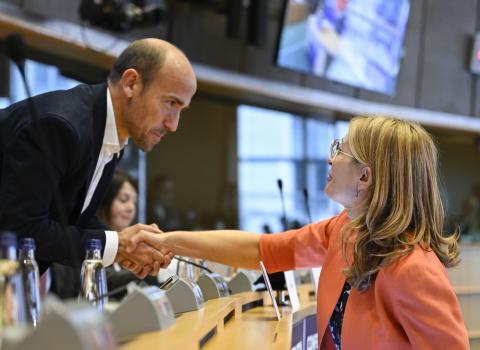
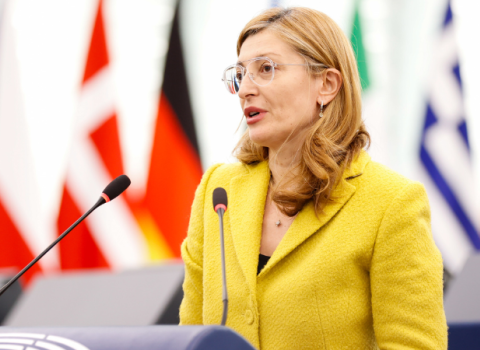
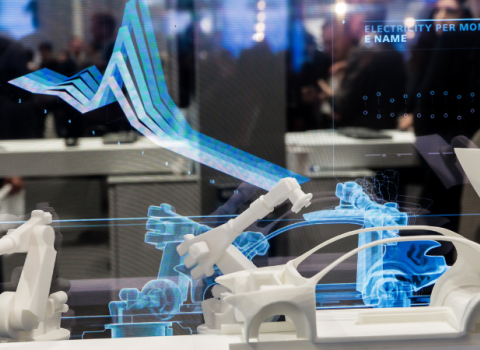
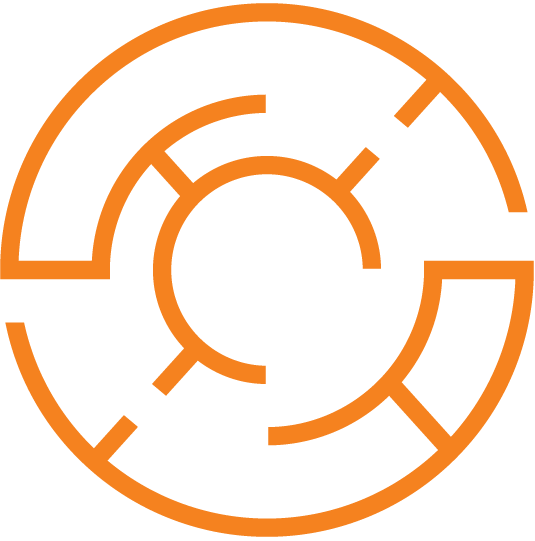
 A unique international forum for public research organisations and companies to connect their external engagement with strategic interests around their R&D system.
A unique international forum for public research organisations and companies to connect their external engagement with strategic interests around their R&D system.